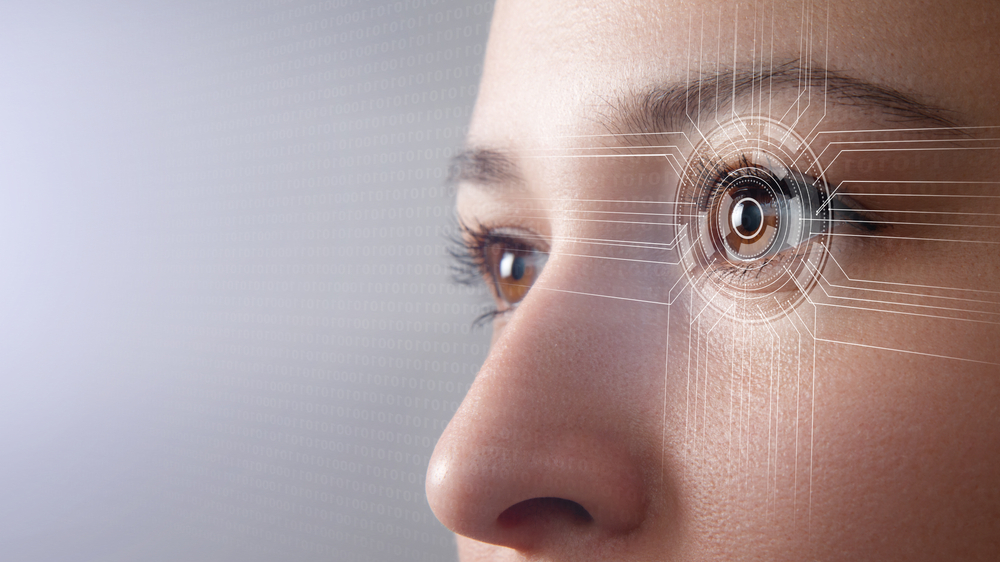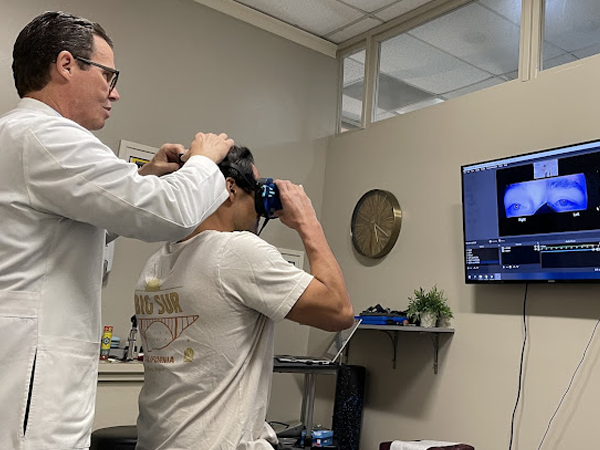
Nothing can function properly if the person operating it lacks the knowledge of how to apply and use it. This applies to equipment and technology requiring active user input to work. It also applies to functional vision.
You can pass your eye exam but still experience problems with your functional vision. After all, having good eyesight does not mean you have good vision. For instance, most school vision screenings assess visual acuity alone. They rarely check for functional visual skills involved in learning.
What Is Functional Vision?
What eye care professionals call functional vision is how your entire visual system works together to help you function and interact with your environment. Your visual system consists of your eyes, visual pathways, and brain. Functional vision consists of the following skills:
Eye Focusing
This visual skill encompasses the ability to see objects clearly and to shift focus between differently positioned objects. For example, you may experience constant or intermittent blurring and have trouble focusing on reading material. You may also have difficulty shifting focus from the blackboard and back but clearly see a book's text.
Eye Teaming
Your eyes should align to focus on the same point and work precisely and coordinately. Good eye teaming allows for depth perception and comfortable, single, efficient vision. If you have misaligned eyes, your brain cannot correctly combine both eyes' images. Consequently, you will lose 3D depth perception and experience double vision. It may also lead to fatigue and eyestrain.
Eye Movement
This skill encompasses tracking a moving object, maintaining focus on a stationary object, and shifting focus from one to the other. Reading this line of text and visually following a ball fly into your glove requires efficient and accurate eye movements. An example of maintaining focus on a stationary object is sustaining eye contact when listening to someone speak.
Depth Perception
This visual skill refers to your brain’s ability to fuse two images into a complete picture with distance information or depth. Imagine two streams smoothly merging to form a larger river. Essentially, that is what happens with the visual information from each eye.
Visual Processing Skills
These skills are essential to learning. They include skills you use to collect and organize visual information from your environment. They help you know where you are in space so you can catch a ball.
For example, visual discrimination helps you determine the difference between things that look similar but are different, such as the letters “b” and “d” or “saw” from “was.” Other visual processing skills include visual memory, visual processing skills, and more.
Conclusion
Kids and adults can benefit from a functional vision assessment. Anyone with special visual needs should undergo a comprehensive eye exam and a functional vision assessment. The former is essential for everyone regardless of vision and eye health. The latter is ideal for those with developmental delays or special needs. Eye doctors also recommend a functional vision assessment for those receiving rehabilitation services.
For more on functional vision, visit Bagnell Brain Center at our Pinecrest, Florida office. Call (305) 889-7488 to schedule an appointment today.






